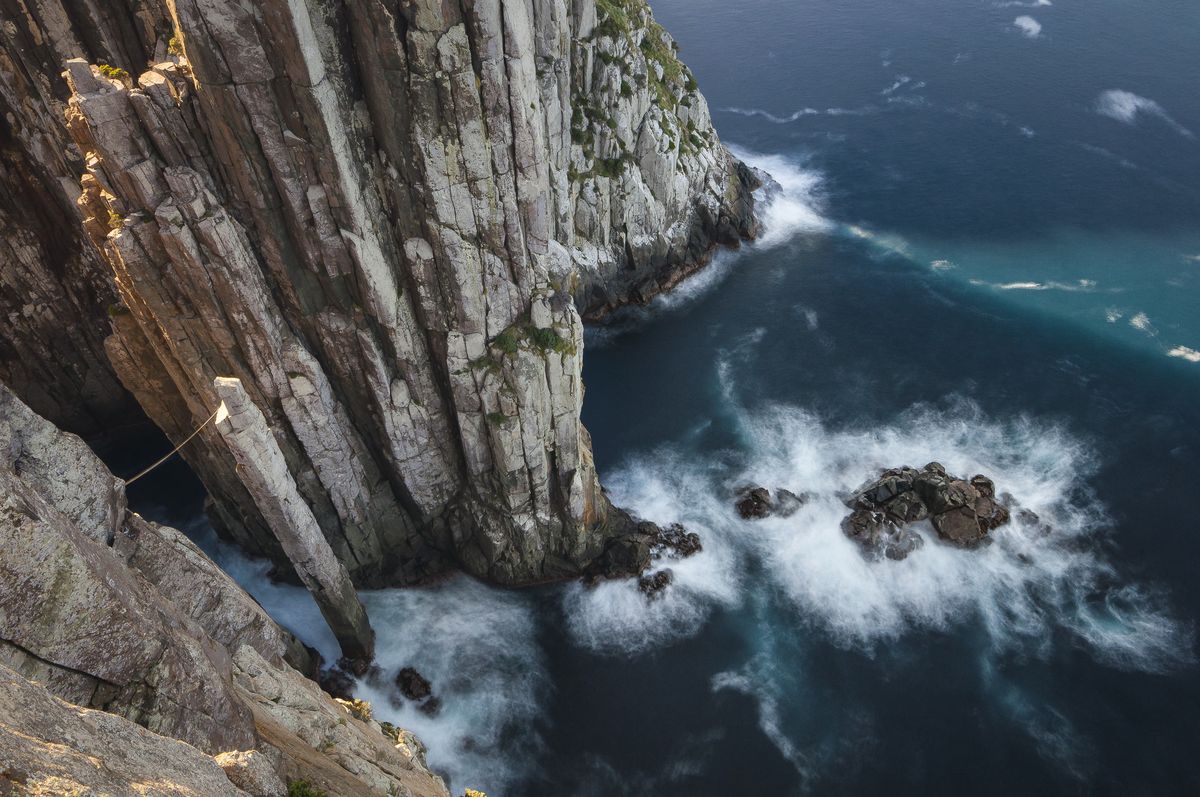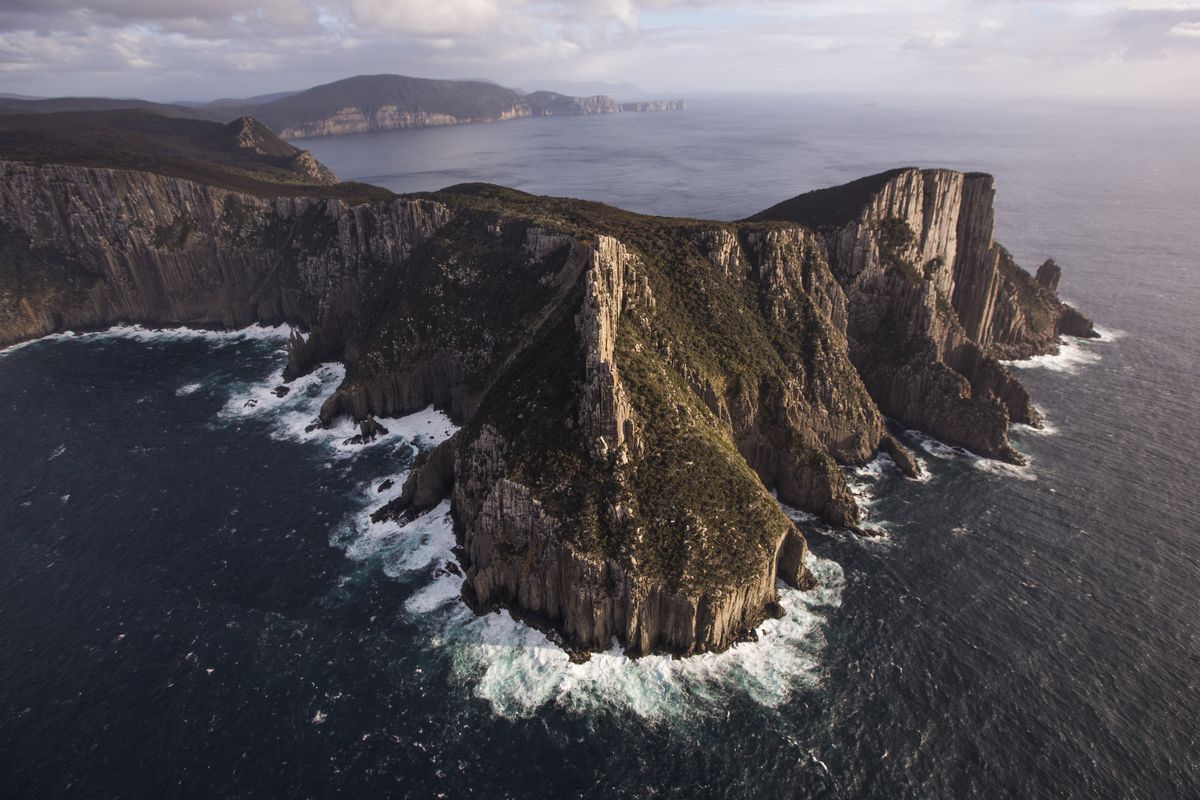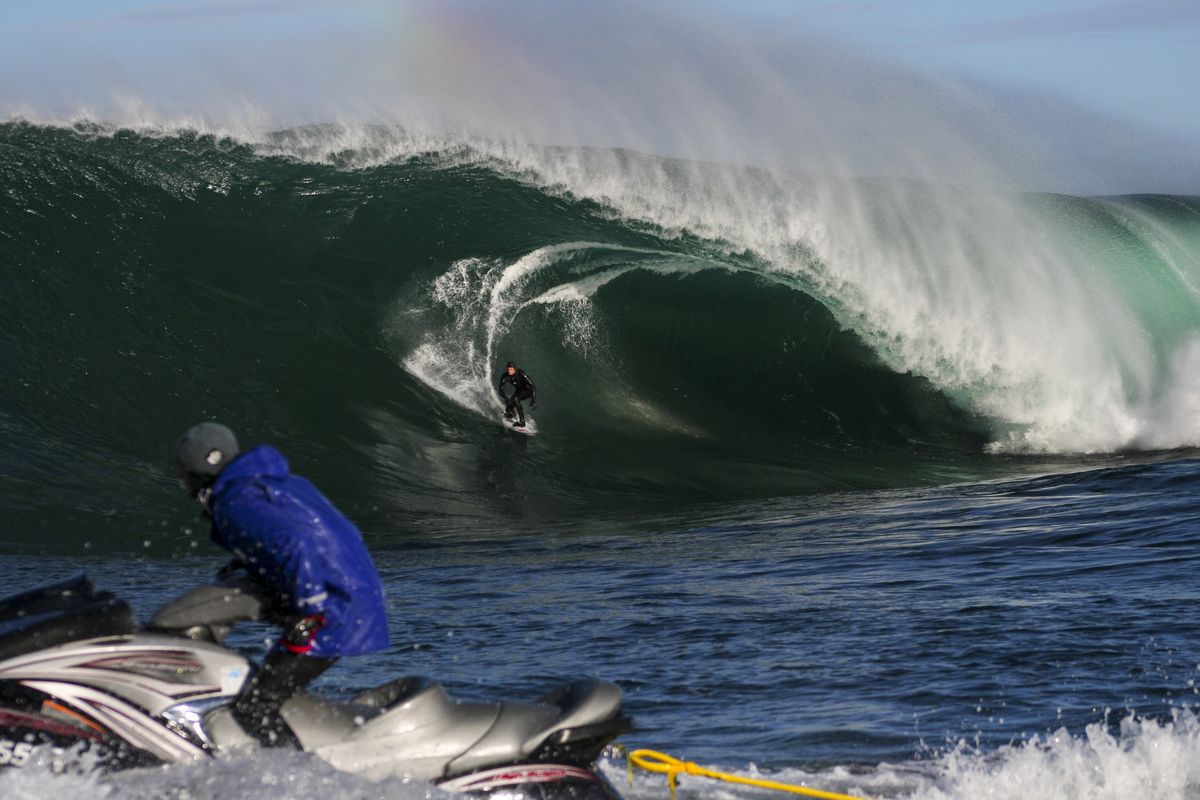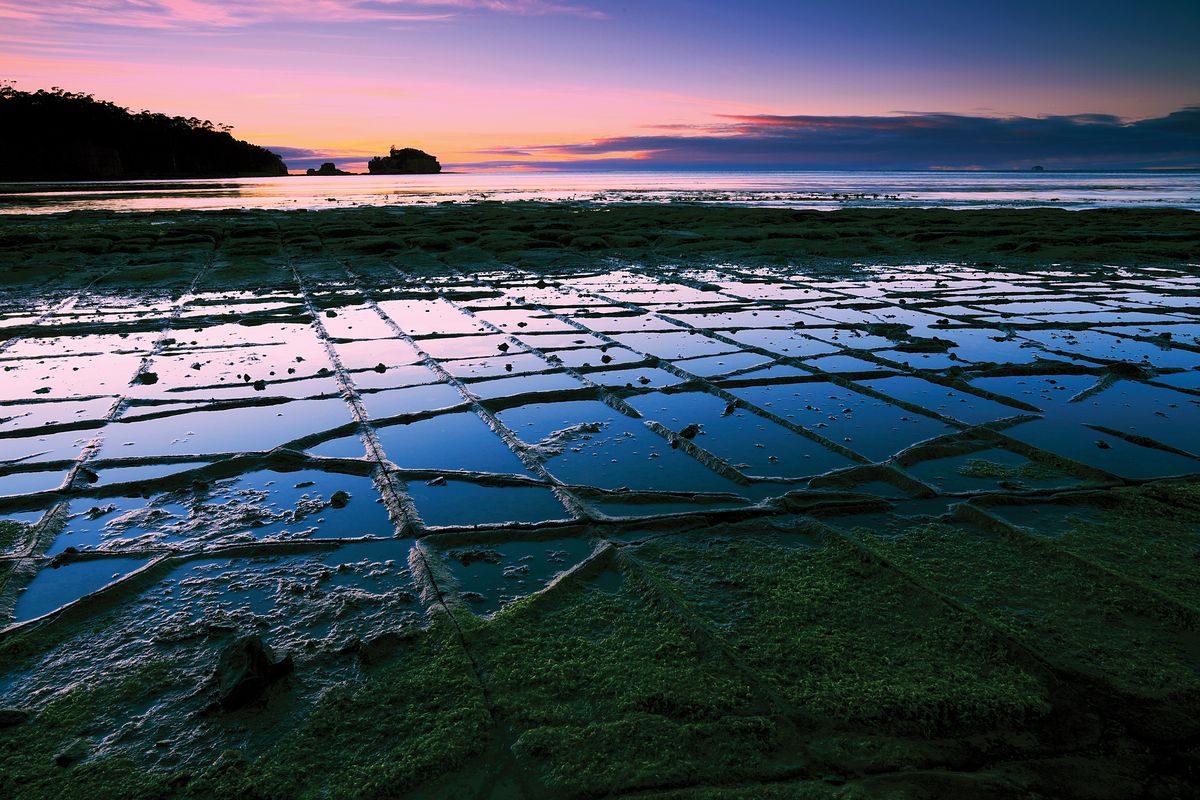In 1999 a large part of the southern and eastern peninsula was put aside for future generations. Today this natural paradise is known as the Tasman National Park and is home to award winning walks, spectacular coastlines and places to escape into the wild.
Cape Hauy
This is a four-hour, 9.4km return and boasts outrageously beautiful views of the south-east coast. If you love an incredible sunrise, then put Cape Hauy at the very start of your day. It is most well-known for its rock formations: the Totem Pole and the Candlestick and for being the most scenically beautiful workout for your thighs and calves.

Cape Pillar
Cape Pillar is best achieved as an overnight walk (23 km) camping at the designated camp sites at Wughalee Falls and Bare Knoll (toilets provided; carry own food and water).
The departure point is from the entry road into Fortescue Bay, just before the campground. Half of this journey is along the Old Cape Pillar track which connects with the Three Capes Track.
It’s a special hike because it takes you through so many different, and pristine, ecological habitats and to the very tip of South Eastern Tasmania. It’s also the closest you can get to Tasman Island and its historic lighthouse.
For walkers wanting to incorporate Mount Fortescue, Cape Hauy and the coastline, this section can only be walked in a south to north direction. This walk is a 34km circuit and recommended to walk over 3 days.

Cape Raoul
A five-hour, 14km return walk with stunning coastal views, seascapes and towering dolerite cliffs, Cape Raoul is one of the most loved and easily accessed of the three capes. Located next to the world-famous surf spot, Shipstern Bluff, it’s surrounded by huge pounding waves, swirling seas and an abundance of sea life. The walk starts off Stormlea Road at Highcroft.

Shipstern Bluff / Tunnel Bay
On a big wave day, this four-hour return walk gives you all that you could hope from a Red Bull “Cape Fear” surfing experience while on calmer days it presents you with beautiful rock platforms, sea caves and gorgeous naturally formed sea tunnels. For a shorter 1.5 hour return walk, you can go as far as the lookout.

Tessellated Pavement
This is a rock structure of a different kind. There are no towering cliffs but instead an unusually symmetrical pattern of erosion. Not only is it interesting to look at, this is one of the few places in the world you can see this type of thing. The pavement consists of areas of raised pillow-like rocks and irregularly shaped rectangles. The rocks seem so well organised and lined up that you wouldn’t think it is possible that they are naturally formed. This fascinating site is easy to access and leads onto the lovely Pirates Bay beach which is a striking geological feature in the area. A relatively uniform slab of rock lapping into the sea is criss-crossed with cuts. The Tessellated Pavement is a great place to stop and have a wander around on a sunny day. The Tessellated Pavement is arguably the most famous. The flat rocks here have a naturally formed criss-cross pattern from fractures in the rock, and the tide often leaves pools of water sitting in the rectangles to create a reflective surface, making it popular with photographers.

